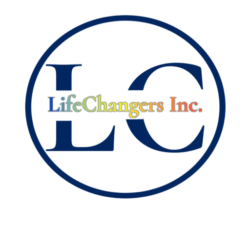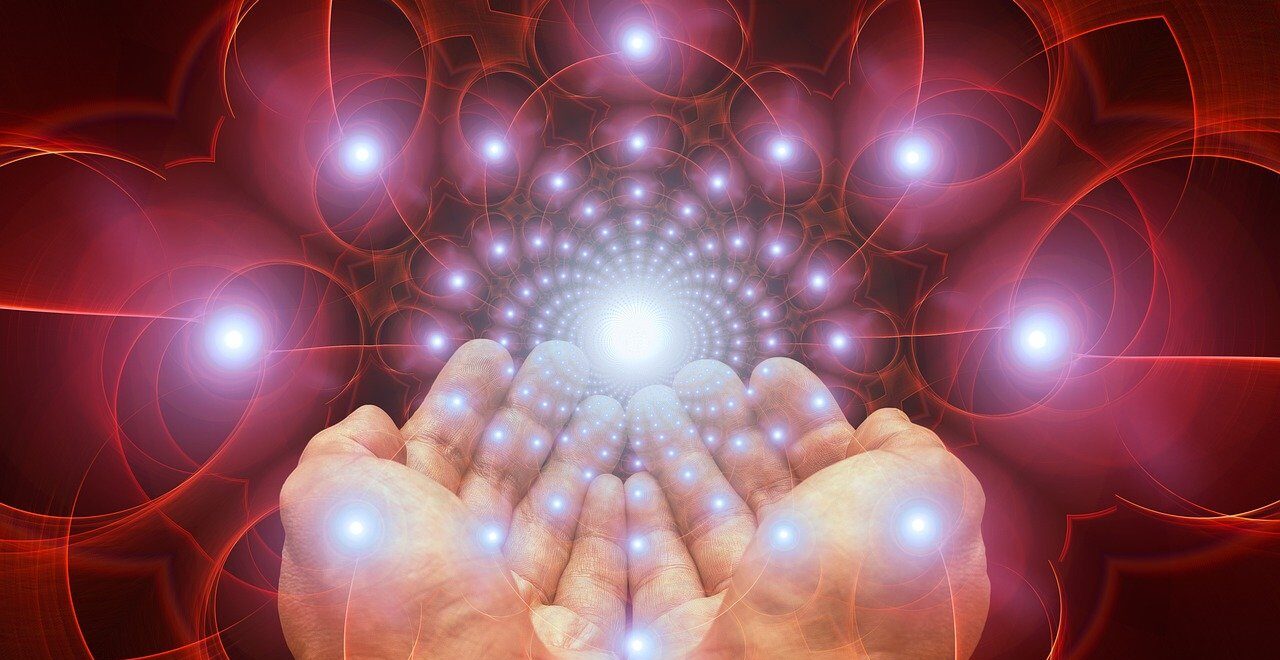In my last post, I outlined the concept of radical acceptance and how the practice has positively affected my life.
To review, radical acceptance means complete and total acceptance of all the events and emotions in your life, both positive and negative, with the result of ending suffering from one’s life.
Positive change cannot occur without acceptance.
By not accepting reality and the sometimes-attendant pain that goes with it, one will undoubtedly live a life full of suffering, frustration, sadness, anger and bitterness.
Before resuming my radical acceptance journey, I need to mention that there are instances when one should avoid practicing radical acceptance.
Examples of this would be abusive personal relationships, situations when there is the potential for physical harm, harassment and unfair treatment in the workplace.
When in doubt, always contact a licensed mental health care professional.
With that said, I am not a therapist by any means and the information contained here is a recount of my personal journey that is meant to inspire others who may be suffering.
And while there are plenty of books and online resources relating to radical acceptance, I highly recommend consulting a professional to assist with beginning one’s journey.
End of disclaimer.
I finally made the agonizing decision to seek treatment for my alcoholism in September of 2020.
I enrolled in a twelve-step based residential treatment program hoping to get my life back in order.
The first of the twelve steps is to admit one is “we admitted we were powerless over our addiction; that our lives had become unmanageable.”
Well, that was obviously a no-brainer for me.
There is a lot of mention of acceptance in treatment circles and in the AA Big Book.
I learned about DBT and radical acceptance and, at the time, it wasn’t lost on me.
It made sense and provided me comfort that this treatment might actually work. I vowed to live by this passage on page 417 of the fourth edition of the Big Book:
“And acceptance is the answer to all my problems today. When I am disturbed, it is because I find some person, place, thing or situation -some fact of my life- unacceptable to me and I can find no serenity until I accept that person, place, thing or situation as being exactly the way it is supposed to be at this moment.”
It all seemed too easy.
Just live life one day at a time and accept things for what they are.
I felt confident I could live my life that way and be happy again.
I left treatment with a new outlook on life.
However, that was short-lived.
Happiness still eluded me, and I couldn’t figure out why and I went back to the one thing that provided me respite from the sadness and suffering – alcohol.
I relapsed hard and found myself back in treatment for a second time.
It’s very easy to make changes in the comfortable setting of a treatment facility, but maintaining those changes in the real world is exceedingly difficult and I was learning that fact the hard way.
In part three of this series, I will explain the revelation that finally got me back on the road to happiness.

